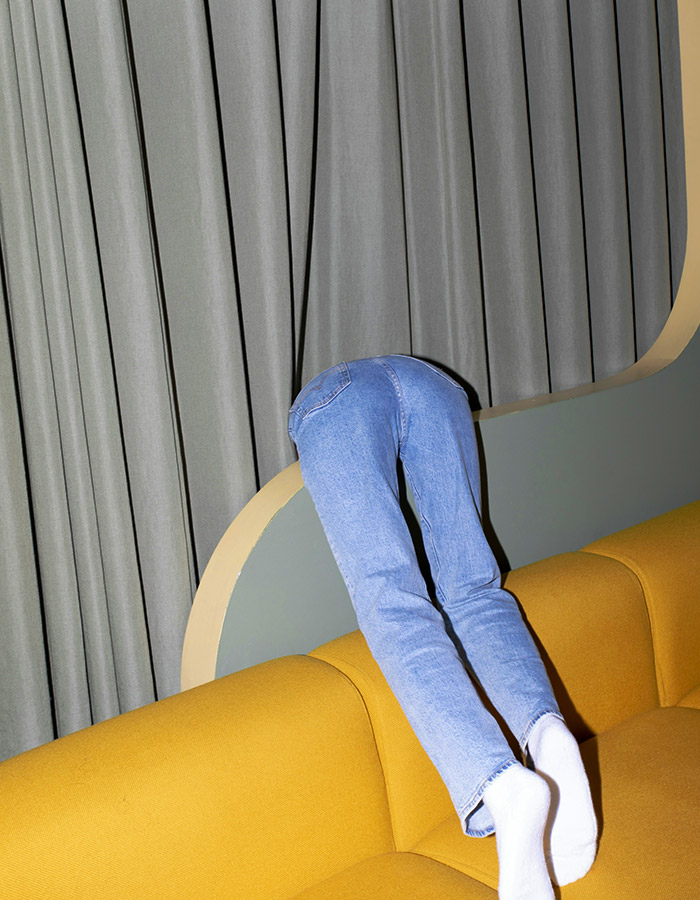What We Really Mean by “Good Taste”
Or, how taste quietly becomes a survival strategy.
In creative work, “taste” is one of the highest compliments you can get.
“They’ve got good taste.”
“This is tasteful.”
“We’re hiring for taste.”
It’s a word that gets passed around like a soft truth—understood but rarely defined. The assumption is that taste is something you either have or you don’t. That it’s intuitive. Instinctive. Obvious to those who know.
But the closer you look, the more it starts to seem like something else entirely.
Taste Is Cultural Fluency
Good taste isn’t magic. It’s a learned language.
You know how to pick a serif that feels expensive. You know when a layout feels “premium.” You can tell when something is trying too hard—or not hard enough. You’ve seen enough decks, websites, branding guides, and landing pages to know what passes.
That’s not intuition. That’s calibration.
Taste, in most modern creative work, is less about originality—and more about alignment. Knowing what not to do. Knowing which references signal “refined.” Knowing how to make something feel current without ever making it feel strange.
In that sense, taste becomes a kind of soft power. A way of saying: I know the rules, and I won’t embarrass you.
Taste as Safety
That’s where it gets tricky.
Because once you learn those rules, it’s easy to stay inside them. Taste becomes not just a skill, but a shield. It’s how you avoid critique. How you avoid standing out for the wrong reasons. How you present something that no one can argue with—but no one remembers, either.
Good taste becomes a safe zone.
You stay there because it looks good.
Because it looks familiar.
Because it’s unlikely to be questioned.
We don’t talk about it, but that’s what makes “taste” so valuable inside agencies, studios, in-house teams. It reduces risk. It keeps things moving. And sometimes, that’s the point.
Where Taste Starts to Fail
But taste can also flatten things.
The bold idea gets watered down. The weird reference gets swapped out. The risky draft never gets shown. You start to self-edit before the client ever sees anything—because you already know what they’ll pick. And what they won’t.
Eventually, everything starts to feel clean. Polished. Reasonable.
But maybe a little too reasonable.
When we lean too hard on taste, we lose texture.
And texture is often where the real idea lives.
A Different Definition
So maybe we need to rethink how we talk about it.
Good taste isn’t just knowing what looks right.
It’s knowing what feels right—and choosing whether or not to go there.
It’s not about obeying a shared standard.
It’s about being aware of that standard—and deciding when to break it.
Taste is a tool. A filter. A fluency.
But it’s not the work. And it’s not the point.
Because if you’re not careful, “good taste” becomes a quiet excuse for playing it safe.
And you didn’t get into this to play it safe.
